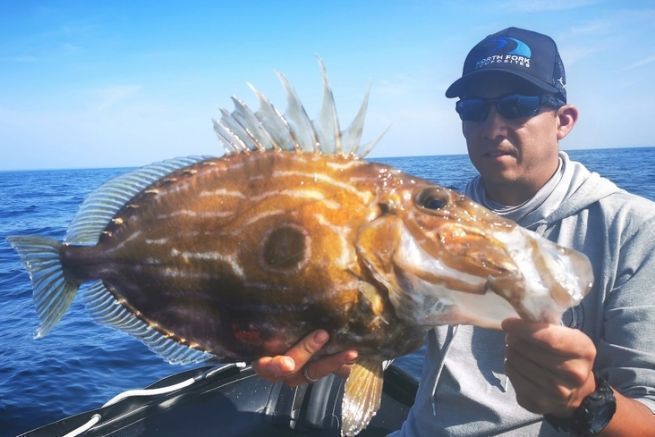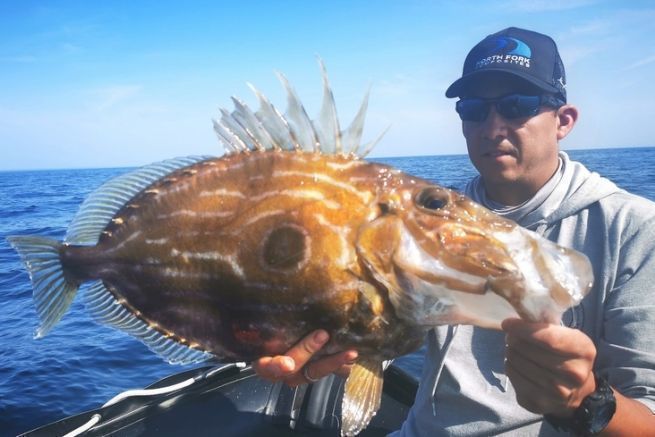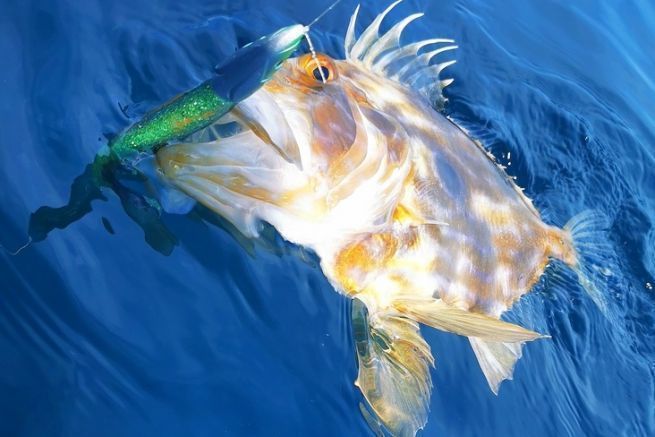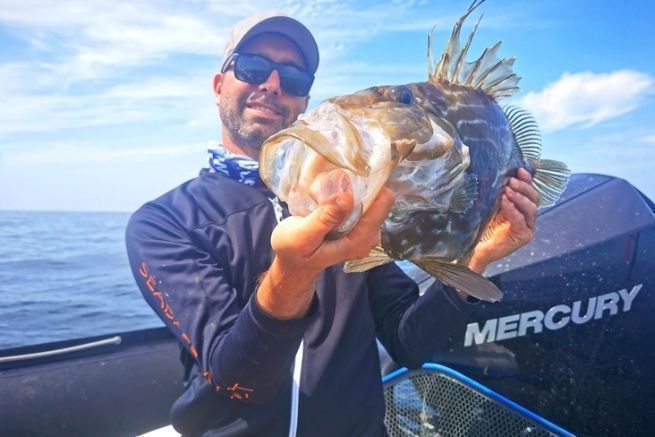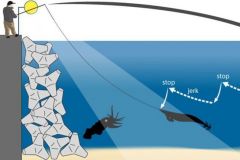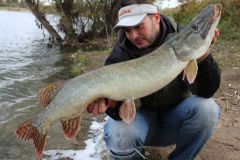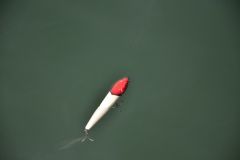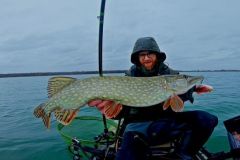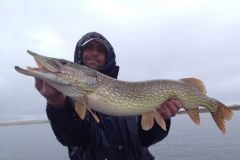An easily recognizable fish
Identifiable by its oval shape, its wide mouth capable of gobbling up sizeable prey or its golden color with a characteristic black spot, the Saint-Pierre is a mysterious and capricious fish that attracts the covetousness of many anglers due to its beauty, its gustatory qualities and the difficulty of finding the areas where it hides. Its fishing grounds are jealously guarded by those who know them, and it will be necessary to prospect to locate them.
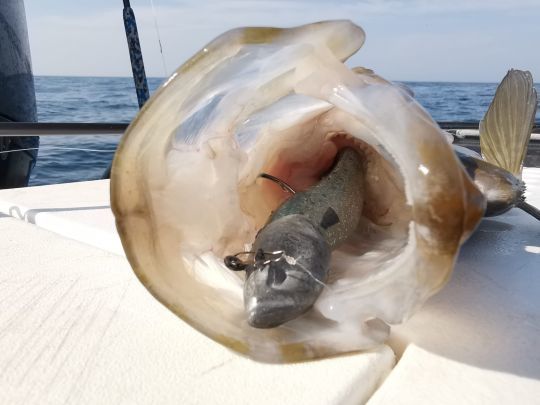
Its head represents about 1/3 of its total size. The Saint-Pierre is a poor swimmer, so you'll have to adapt your fishing to take this parameter into account if you want to succeed in luring it. We'll see inside, but be aware that slow fishing is essential to get them going.
A species well represented on our coasts
As with all species, to optimize your chances of catching this fish, it's essential to know where it lives, its diet and its habits. The Saint-Pierre is found all along the French coastline, mainly in sandy areas where it prefers to feed on sand eels. It also feeds on crustaceans and other small fish.
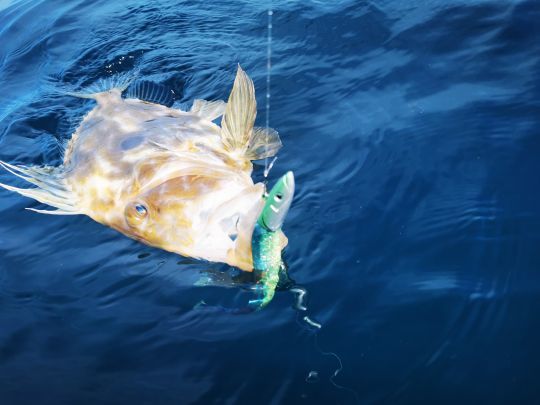
The best time to catch them is in summer and early autumn. You'll generally find them in shoals of a few individuals of similar size. The legal catch size is 18 cm. Obviously, such a small mesh size leaves no chance for the fish to reach sexual maturity, which is around 35 cm. For this reason, avoid catching fish below this 35 cm mesh size. The largest specimens weigh around 8 kilos and measure 80 to 90 cm.
The legend of St Peter's finger
The black circle on either side of the fish is intriguing! Legend has it that St. Peter seized this fish to catch a gold coin lodged in its mouth.
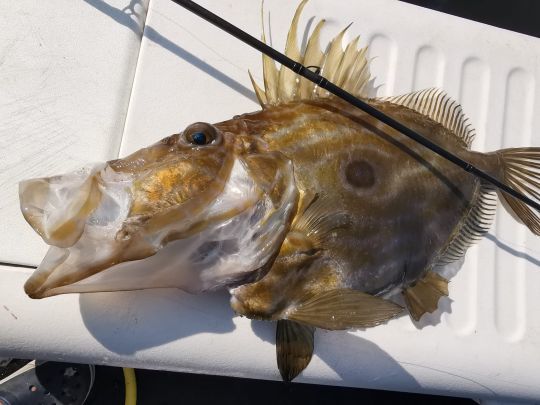
The large black dot on the sides is thought to be the trace of the thumb and forefinger of St. Peter, Jesus' apostle, as he tried to grasp the fish.

 /
/ 